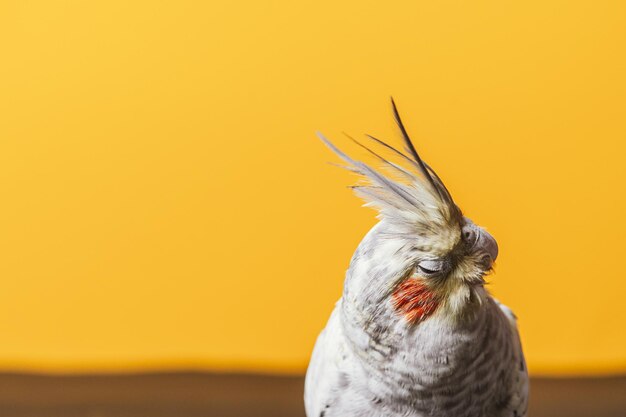Interesting Facts About the Northern Lights

The mesmerizing dance of colors in the Northern Lights is a breathtaking sight.
The scientific name for Northern Lights is Aurora Borealis.
Northern lights occur when charged particles from the sun collide with the Earth’s atmosphere.
The colors of the Northern Lights usually range from green to pink, red, and purple.
Northern Lights are predominantly seen in countries close to the Arctic Circle, like Norway, Sweden, and Iceland.
The best time to see the Northern Lights is during the winter months when the nights are long and dark.
The colors and patterns of the Northern Lights change constantly, making each display unique.
The intensity of the Northern Lights is influenced by solar activity, with more active periods producing stronger displays.
In ancient times, people believed that the Northern Lights were spirits or gods dancing in the sky.
The Aboriginal people of Canada have their own legends and stories about the Northern Lights.
The Northern Lights can sometimes be heard as a faint crackling or hissing sound.
The temperature in the upper atmosphere where the Northern Lights occur can reach up to 30,000 degrees Celsius.
The peak of the 11-year solar cycle often coincides with increased Northern Lights activity.
The Northern Lights can be seen from space, and astronauts aboard the International Space Station often capture stunning photographs.
In some cases, the Northern Lights can be visible as far south as the northern parts of the United States.
Interesting Facts About the Northern Lights part 2
The Northern Lights are not always visible to the naked eye and may require long exposure photography to capture their full beauty.
The scientific study of the Northern Lights is known as aurorology.
The red color in the Northern Lights is caused by oxygen molecules in the upper atmosphere.
The word Aurora comes from the Latin word for dawn, reflecting the lights’ appearance during the early morning hours.
The Northern Lights have inspired artists, poets, and writers for centuries.
Some people believe that seeing the Northern Lights brings good luck or spiritual transformation.
Northern Lights can occur on other planets with magnetic fields, such as Jupiter and Saturn.
The Northern Lights can appear in different shapes, including curtains, arcs, and spirals.
The Northern Lights have been observed to pulsate or flicker in brightness.
The best way to see the Northern Lights is to find a dark location away from light pollution.
People travel from all over the world to witness the magic of the Northern Lights.
There are dedicated Northern Lights tours and cruises for enthusiasts to chase this natural phenomenon.
Some Native American tribes have specific dances and rituals connected to the Northern Lights.
The Northern Lights have been mentioned in numerous works of literature, including poems by Robert Frost and Henry Wadsworth Longfellow.
The Northern Lights are a reminder of the beauty and grandeur of nature.
Ancient Sami people believed that the Northern Lights were the souls of their ancestors guiding them.
The Inuit people of Alaska associate the Northern Lights with the spirits of their deceased relatives.
Certain colors of the Northern Lights are associated with specific weather conditions, such as red being a sign of strong winds.
The Northern Lights can last anywhere from a few minutes to several hours.
The end of a solar cycle often marks a peak in Northern Lights activity and is eagerly anticipated by aurora enthusiasts.
The Northern Lights have been used as a navigation tool by explorers in the past.
Some people claim that watching the Northern Lights has a calming and therapeutic effect on the mind and body.
The Northern Lights have inspired a range of clothing and accessories featuring their vibrant colors and patterns.
The world’s first webcam dedicated to capturing the Northern Lights was launched in 20
The Northern Lights have been depicted in many famous paintings, including Edvard Munch’s The Scream.
The lights are known to be more frequent and intense near the magnetic poles.
The best time to see the Northern Lights is between 10 pm and 2 am.
Northern Lights are sometimes referred to as polar lights.
Scientists are still studying the Northern Lights to fully understand their mechanisms and behavior.
The Northern Lights serve as a reminder of the wonders that exist beyond our planet and in our natural world.

